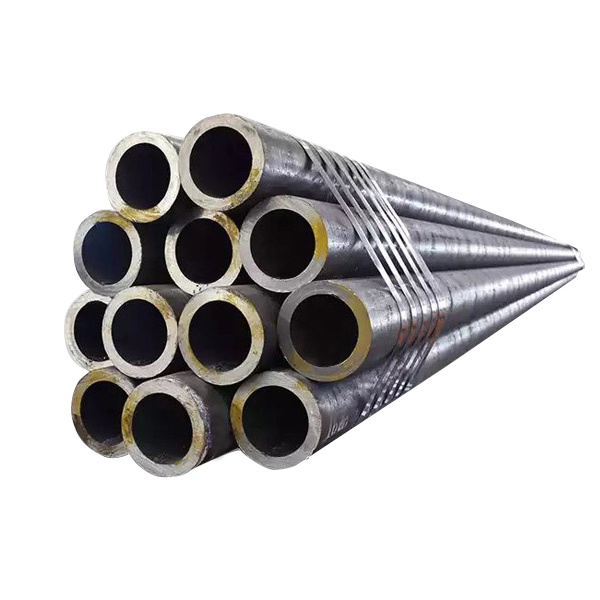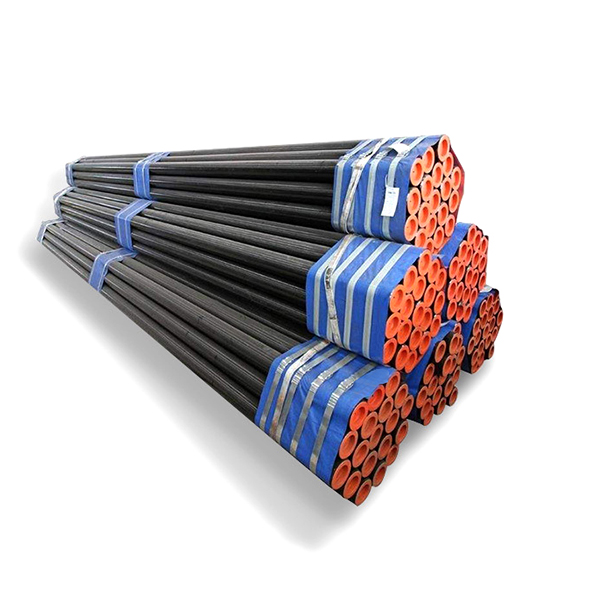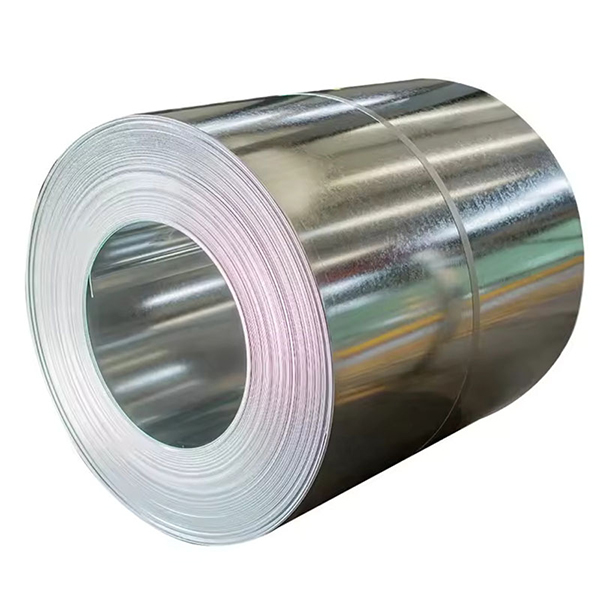Q235: A widely used carbon structural steel
In engineering design and manufacturing, Q235 steel is a commonly used carbon structural steel, with extensive applications and significant importance. This article will explore the characteristics, applications, and significance of Q235 steel, as well as its performance and role in various fields.
I. Characteristics of Q235 Steel
Q235 steel is a kind of low-carbon steel, whose main components are iron (Fe) and carbon (C). This composition determines that Q235 steel has good plasticity and toughness, making it suitable for withstanding impact and vibration. Meanwhile, the price of Q235 steel is relatively low, facilitating large-scale production and application. Additionally, Q235 steel has excellent processing properties, with good weldability and machinability, allowing for effective processing and forming. Through appropriate heat treatment, the hardness and strength of Q235 steel can be enhanced. These characteristics make Q235 steel have broad application prospects in the manufacturing process.
II. Application of Q235 Steel
The application of Q235 steel in various fields demonstrates its diverse characteristics. In the construction industry, Q235 steel can be used to manufacture reinforcing bars, sections, and plates, enhancing the strength and stability of building structures. In the bridge construction sector, Q235 steel can be employed to manufacture structural components of bridges, such as main beams and deck plates, reducing the weight of the bridges and increasing their carrying capacity. In the shipbuilding industry, Q235 steel can be utilized to manufacture ship structural components, such as hulls and decks, improving the ship's resistance to wind and waves and its navigational stability. In the automotive sector, Q235 steel can be used to manufacture chassis and wheels, enhancing the vehicle's carrying capacity and driving stability. In the mechanical manufacturing industry, Q235 steel can be applied to manufacture mechanical parts such as gears, sleeve bearings, and pistons, improving the stability and durability of mechanical equipment.
III. The Importance of Q235 Steel
The significance and wide application of Q235 steel are not only reflected in its performance characteristics, but also in its contribution to economic development and social progress. Firstly, the production cost of Q235 steel is relatively low, making it suitable for large-scale production and capable of meeting the needs of engineering construction. Secondly, Q235 steel has good plasticity and toughness, which can adapt to various complex environments and load conditions, and has high reliability and safety. Finally, the application scope of Q235 steel is wide, capable of meeting the needs of different fields, and has played an important role in promoting economic development and social progress.
IV. Limitations of Q235 Steel and Its Optimization
Although Q235 steel has wide applications and significant importance, it also has some limitations in practical use. For instance, its corrosion resistance is poor and it is susceptible to the influence of humid environments. Therefore, corresponding anti-corrosion measures need to be taken in some special environments. Additionally, the strength and hardness of Q235 steel are relatively low and are not suitable for high-strength and high-hardness applications. To overcome these limitations, Q235 steel can be modified through alloying and heat treatment processes to enhance its comprehensive performance. For example, adding alloy elements can improve the corrosion resistance and hardness of Q235 steel, and heat treatment can improve its microstructure and properties, thereby increasing its strength and toughness. These optimization measures can enable Q235 steel to better meet the requirements of various engineering applications.





